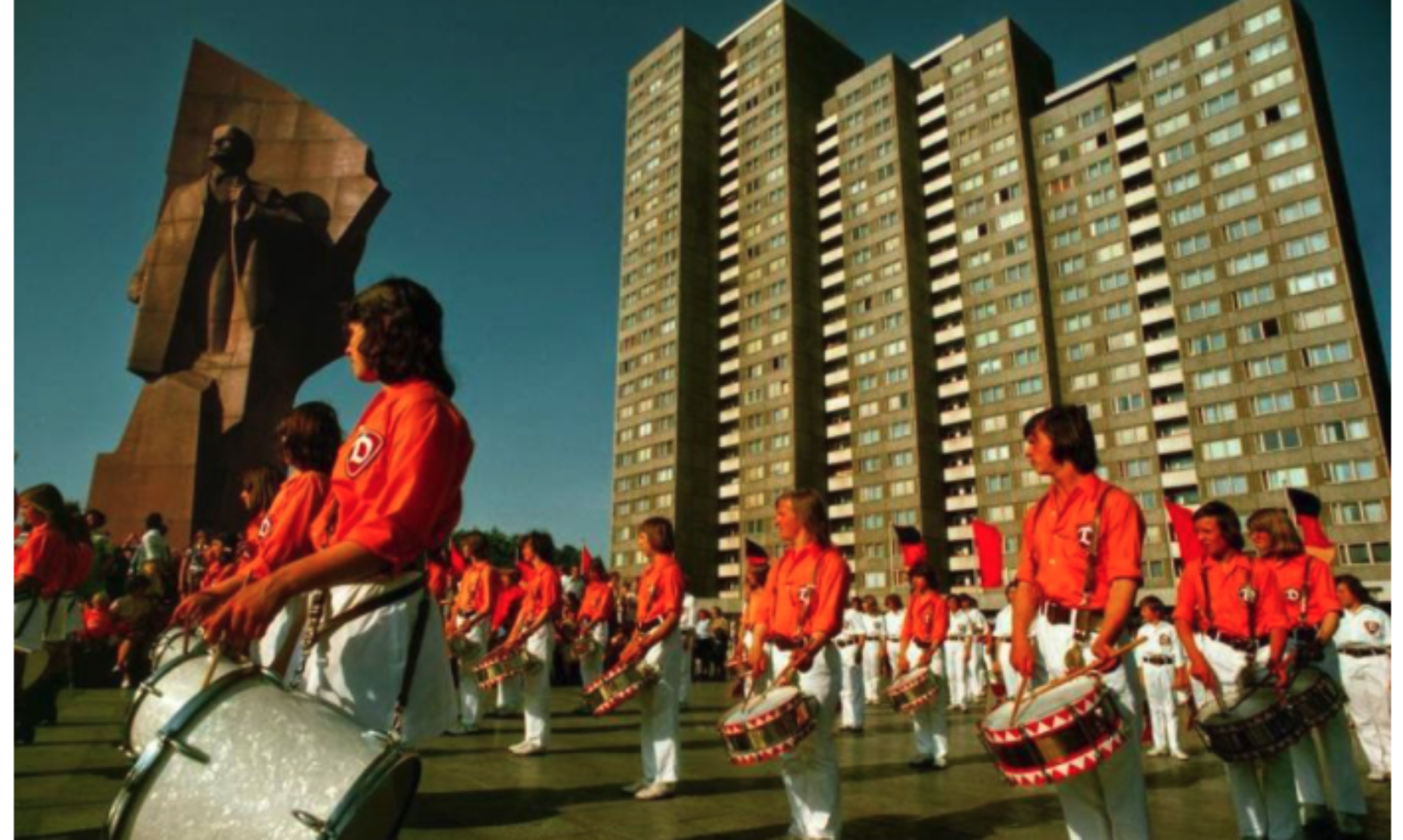In chapter four of the reading Sheffer discusses the 1949 soccer match between Sonneberg and Neustadt. As an event that crosses the East and West boarder, it seems like a huge event that displays how badly these two sides want to be unified. Yet, Sheffer quickly shows the reader that this successful event is not all it seems to be. Although Easterners and Westerners were allowed to cross the boarder on the day of the match, and they did so in hoards, that hoard was heavy with Eastern Germans. She states, “And third, interest was lopsided between East and West. Westerners accounted for less than a fifth of spectators at the game. Only four hundred to five hundred Neustadters ventured into the Soviet zone after the boarder opened, compared to the tens of thousands of Easterners headed West, “(Sheffer, 73). Continually, the same Eastern excitement followed through with the officials who organized the event, as they took the lead and the Western officials treated the match as a headache. In fact it seems as though the Eastern officials purposely timed these boarder crossing events as a way to undermine the newly formed West Germany. However, while the Eastern officials sought to use these events as propaganda to promote German unification there is something about this that gives me pause. These events saw thousands of Eastern Germans crossing the boarder, but not the same number of Western Germans. So, doesn’t that fact make the East look bad? Or, am I missing a piece of the puzzle?

Perhaps this is me looking to synthesize events and find connections in other parts of history, but this theme of soccer politics-seems to run through much of German history. The most notable of these is the soccer match played on Christmas Day by German and British troops in 1914. This Christmas truce featured British and German troops having a ceasefire and exchange alcohol, chocolates, and other rations, and (most important to this quick blurb) had a soccer match. However, these events occurred 5 months into the war and as we all know the war continued for years, until 1918. I mention this because at the time there was a sense that the war would not last as long as it did, it was just another type of sport that the gentlemen had. In some regards, it appears that soccer was playing a similar role during the Cold War. It was supposed to be a way to let the current pressures of the war be put to the wayside for a moment.
If I may posit, however, while this intended goal of unification does not seem to be a farce, the reason for the mass exodus has to do with location. East Germany has a significantly smaller land size, hence a lesser distance of travel to a single location like Burned Bridge. Unlike East Germany however, West Germany had a larger displacement of population, farther away from the borders. Population maps, too suggest, that West Germany contains a larger portion of the population (which is concentrated on the southern border (away from West Germany). (I would be interested to see what the proportional numbers migrants/ pop. would suggest in this analysis.) However, even without that statistical information Easterns “infiltrating” the West only looks bad if one only looks at their migration patterns and not what was happening afterward and what those individuals did (or if they came back at all). But, the free migration between the two countries, at least from my p.o.v., would suggest that there is a freedom that the East Germany residents enjoyed more than West Germany (this is obviously not void of serious complications). There is definitely the case that it makes the East look bad, but there seem to be several facts that complicate it, as it would seem quite obscure for WWI soldiers to stop shooting.